.png)
What if you were told that every successful business interaction you've ever had was orchestrated by an invisible force that you barely notice? These invisible orchestrators are customer-facing products.
It doesn't matter if you're running small businesses or managing a large corporation; understanding these products is the difference between your business succeeding or failing.
Today, you'll learn what customer-facing products are, their key characteristics, and the challenges you can possibly face when building or implementing them.
Customer-facing products are any tools, systems, applications, or services that directly interact with your customers. Unlike internal products that your employees use behind the scenes, these products are designed specifically for customer use and experience. They serve as the primary interface between your business and your customers, facilitating communication, transactions, and feedback loops.
You can think of customer-facing products as the front door to your business. Just as a welcoming front door creates a positive first impression of a home, well-designed consumer-facing products create positive experiences that encourage customers to engage with your brand.
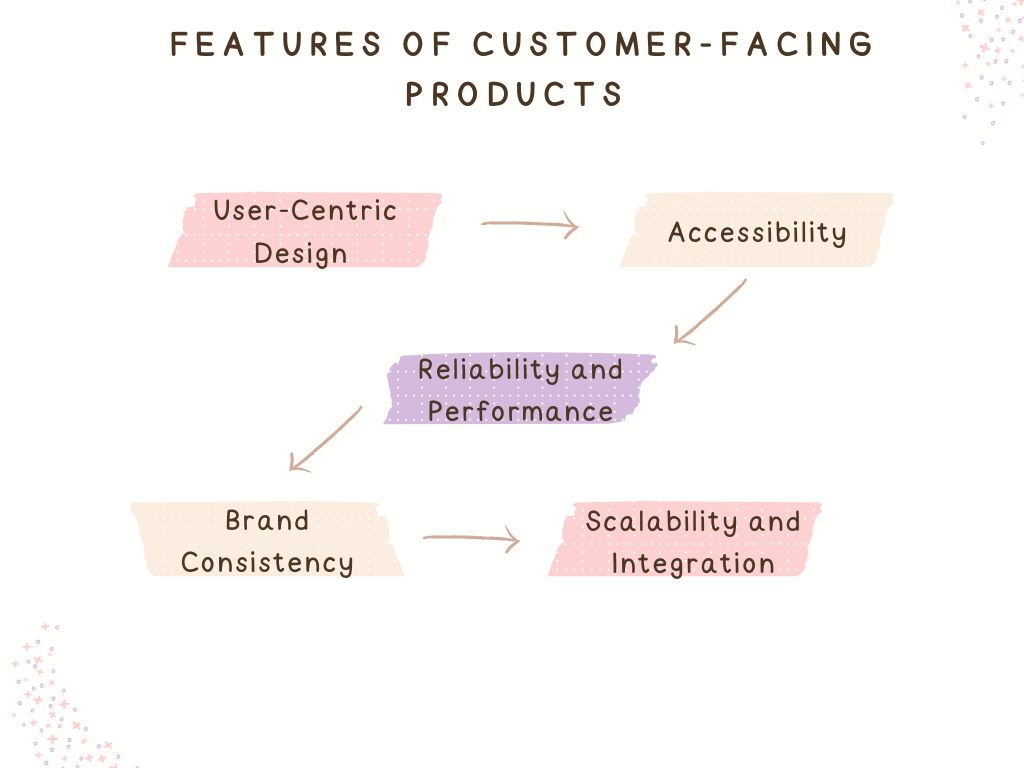
Customer-facing products share several important characteristics that set them apart from internal business tools. They are:
These products must be user-friendly and easy to use, even for people who have never encountered them before. Research shows that 88% of online consumers are less likely to return to a website after a bad customer experience. This means every button, menu, and feature must be designed with your customer's perspective in mind, not your internal processes. Modern interface design should make it easier for users to accomplish their goals quickly and efficiently.
Your customer-facing technologies should be available when and where your customers need them. This means providing multiple channels for customer support through chatbots, live chat, or ensuring your physical locations are easily accessible with tablet-based check-in systems.
When customers interact with your products, they expect them to work flawlessly every time. A slow-loading app or a malfunctioning system can quickly drive customers away. Studies indicate that a one-second delay in page load time can result in a 7% reduction in conversions, directly affecting revenue.
Brand Consistency across all customer-facing products helps build trust and recognition. Whether a customer interacts with your mobile app or visits your website, the experience should feel seamless and aligned with your brand values.
These capabilities are essential because products often need to handle varying levels of customer demand while connecting with your backend systems. Also, during peak shopping seasons or promotional campaign periods, your consumer-facing products must continue performing well even with increased traffic.
Customer-facing products exist across virtually every industry. Understanding the types of customer-facing technology available can help you develop a comprehensive roadmap for your business. You can check them out below:

These represent some of the most common consumer-facing technology today. Amazon's website serves millions of customers daily, providing product search, recommendations, purchasing capability, and order tracking. Similarly, mobile app solutions from companies like Chase or Wells Fargo allow customers to check balances, transfer money, and deposit checks directly from their smartphones. These platforms often integrate with artificial intelligence to personalize recommendations and streamline the shopping experience.
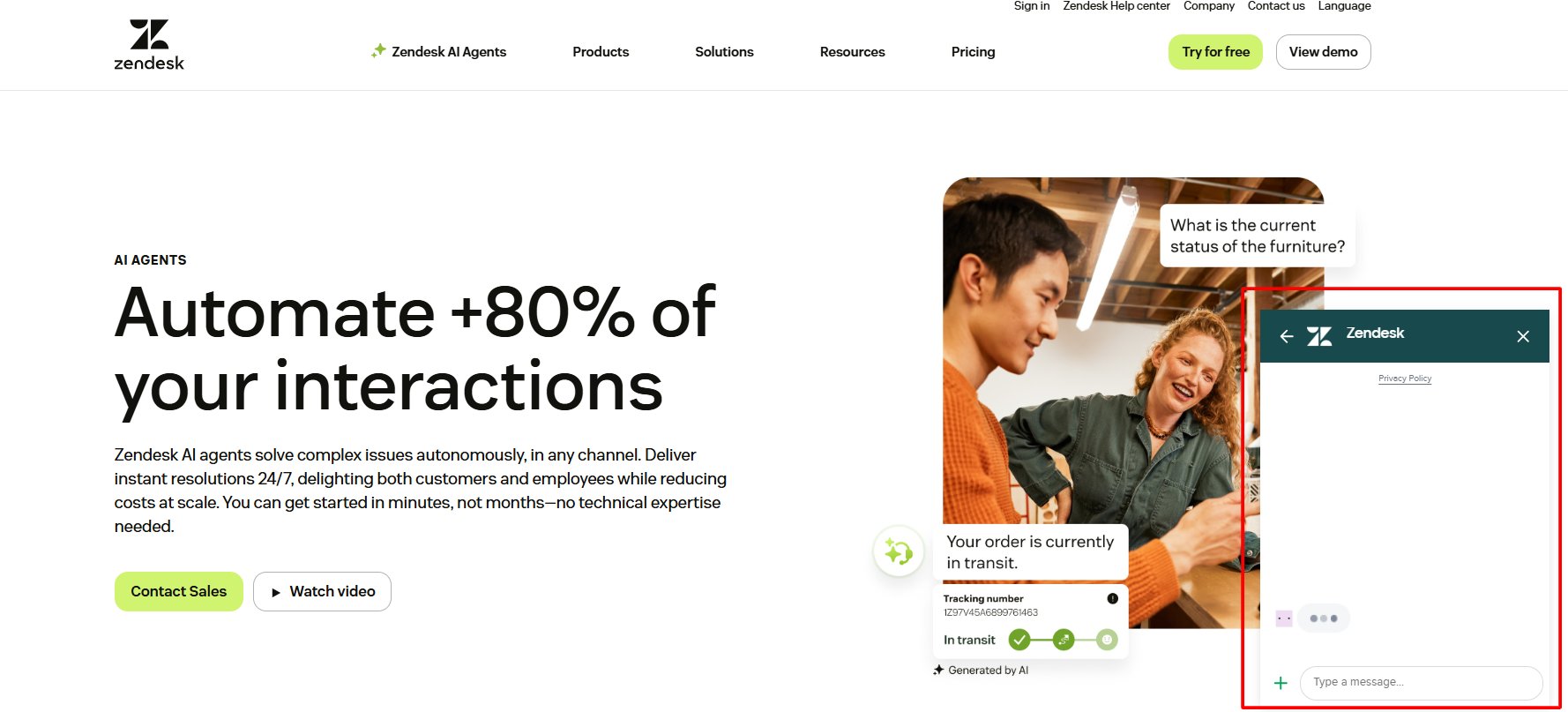
Live chat systems, chatbot solutions, help desk portals, and phone support systems all belong in this category. Companies like Zendesk and Intercom provide tools that enable businesses to manage customer inquiries. In fact, modern chatbots powered by AI and machine learning can handle routine questions from FAQ sections, while more complex issues are routed to human agents through an intelligent workflow.
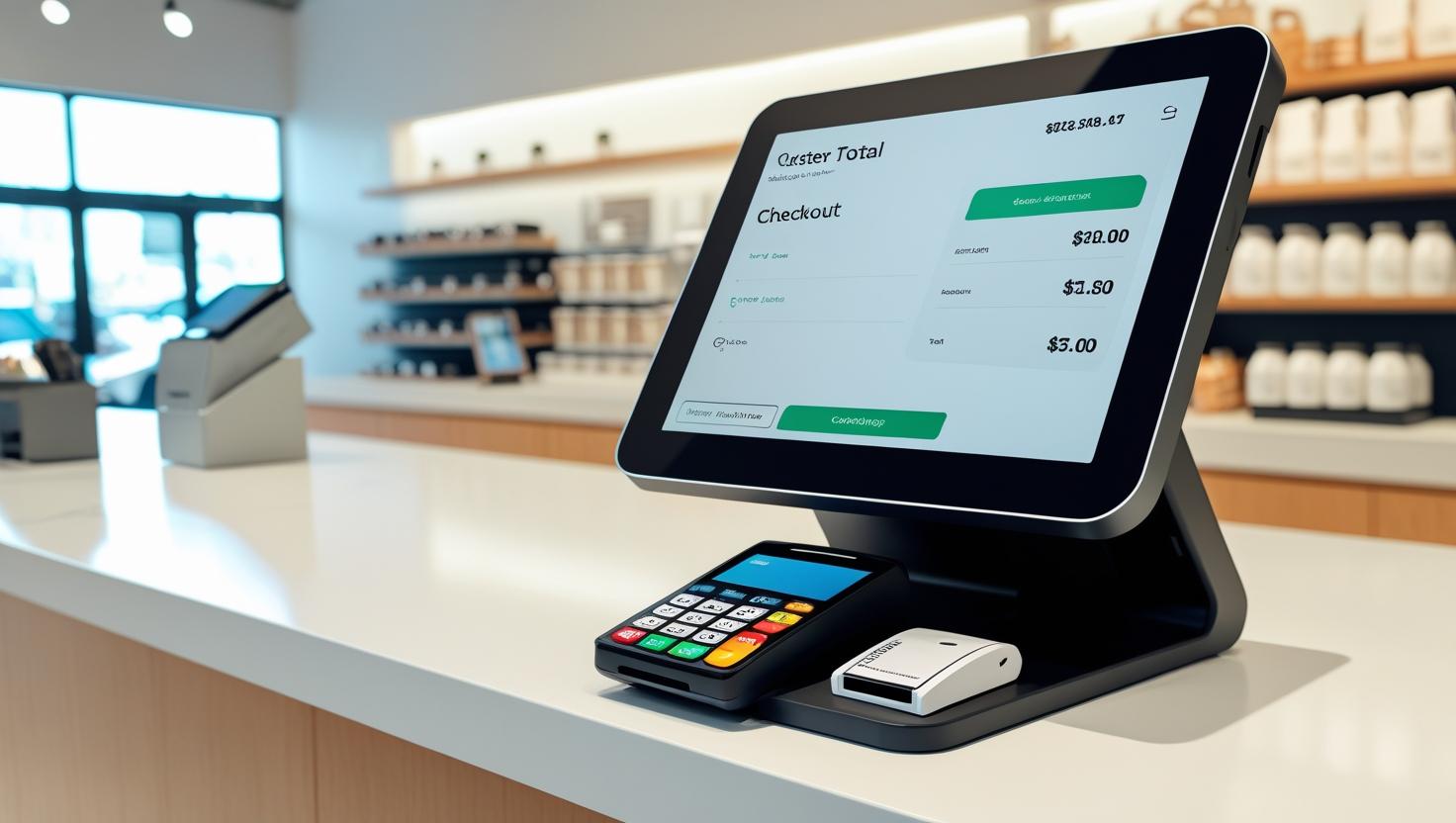
In retail environments, point-of-sale systems are customer-facing products that process transaction data. They also provide additional features like loyalty program integration and digital receipt delivery. Modern POS systems like Square have transformed the checkout experience in countless small businesses. By offering compatible scanner technology and Android interfaces, they make it easier for both customers and staff.
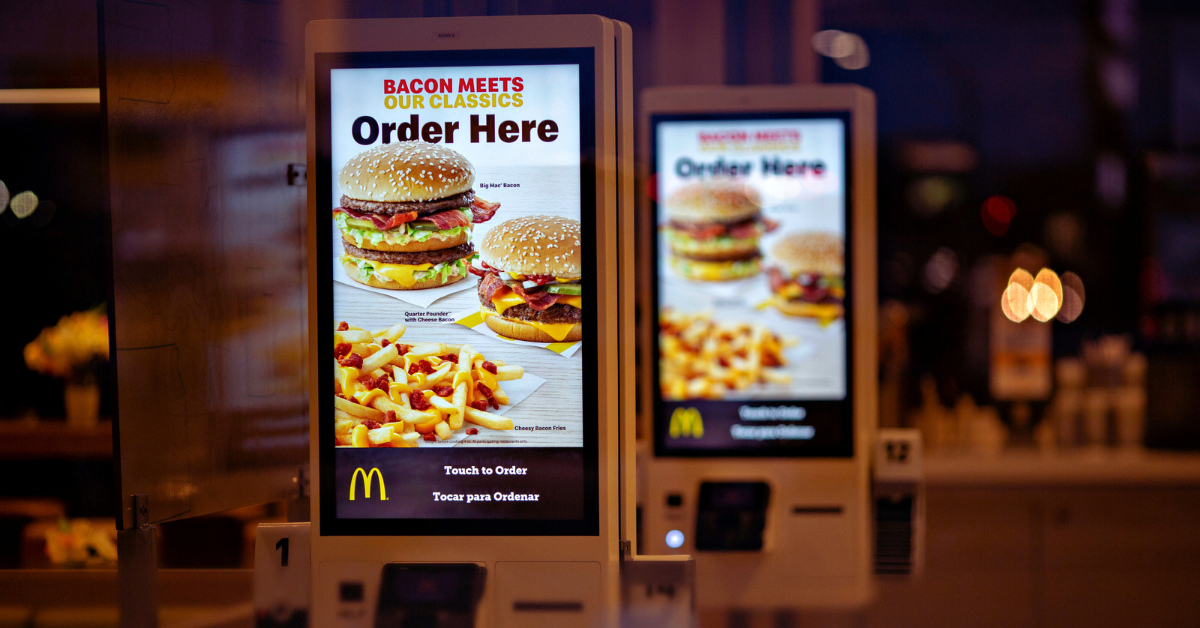
McDonald's self-order kiosk units allow customers to customize their orders without waiting in line. Also, airport check-in systems enable travelers to print boarding passes and select seats independently. These systems often include printer functionality for receipt generation and coupon distribution.
Augmented reality (AR) applications allow customers to visualize products in their own space before purchasing, while real-time analytics help businesses tailor experiences based on customer preference data. Some retailers now offer AR experiences through their mobile app that let customers try on clothes virtually or see how furniture looks in their homes.
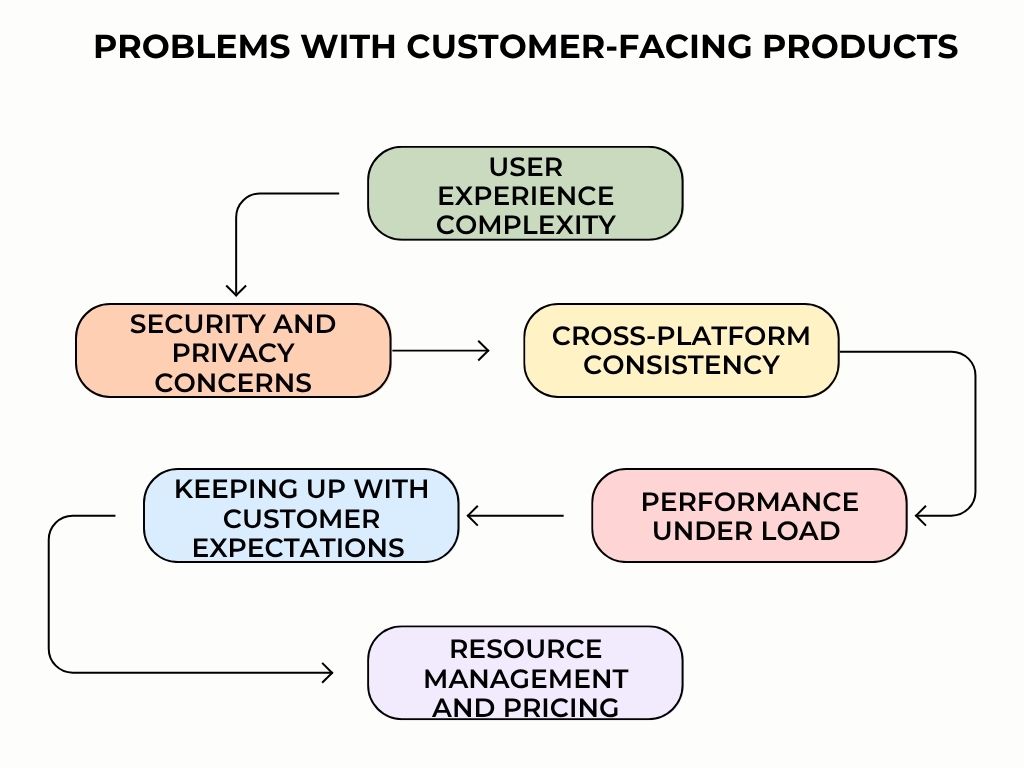
Although customer-facing products offer tremendous opportunities for business growth, they also present unique challenges. Some of them are:
Designing products that are both powerful and easy to use requires significant expertise and thorough testing. You must balance functionality with usability. How's that done? For starters, you must ensure that advanced features don't overwhelm casual users. Also, you will provide the capability that power users need. Then, developers must prioritize features based on customer feature requests and usage analytics.
Your consumer-facing products must implement robust security measures and maintain ease of use. This includes securing transaction data, protecting personal information, and ensuring compatible security protocols across all platforms.
A customer can start their journey on your mobile app, continue on your website, and complete their purchase in your physical store using a tablet or kiosk. Hence, you must make sure that the consistency across all these touchpoints is coordinated and systems are integrated effectively.
This becomes critical during peak usage periods. Black Friday, product launches, or viral social media campaign mentions can suddenly increase traffic by 1000% or more. Your customer-facing technologies must be designed to handle these spikes without degrading the user experience.
These days, customers expect fast and personalized experiences powered by AI and advanced technology. What impressed customers last year will feel outdated today. So, you must regularly conduct surveys and validate their approach through customer feedback.
This is why using a tool like Productlogz to run surveys and collect feedback is so helpful. It makes it easier to understand what your customers want and keep your business ahead.
Developing and maintaining customer-facing products requires significant investment in developer resources, technology infrastructure, and ongoing productivity improvements. More reasons small businesses must carefully balance pricing strategies with the cost of implementing advanced consumer-facing technology solutions.
The businesses winning today aren't necessarily the ones with the best products. Rather, they're the ones with the best customer-facing experiences. Whether that's through AI-powered personalization, real-time support, or mobile app optimization, the choice is yours. Your customers are already deciding if they want to stay or leave based on these interactions. The only question is: will you give them a reason to stay?
Start collecting meaningful feedback without any set-up hassles